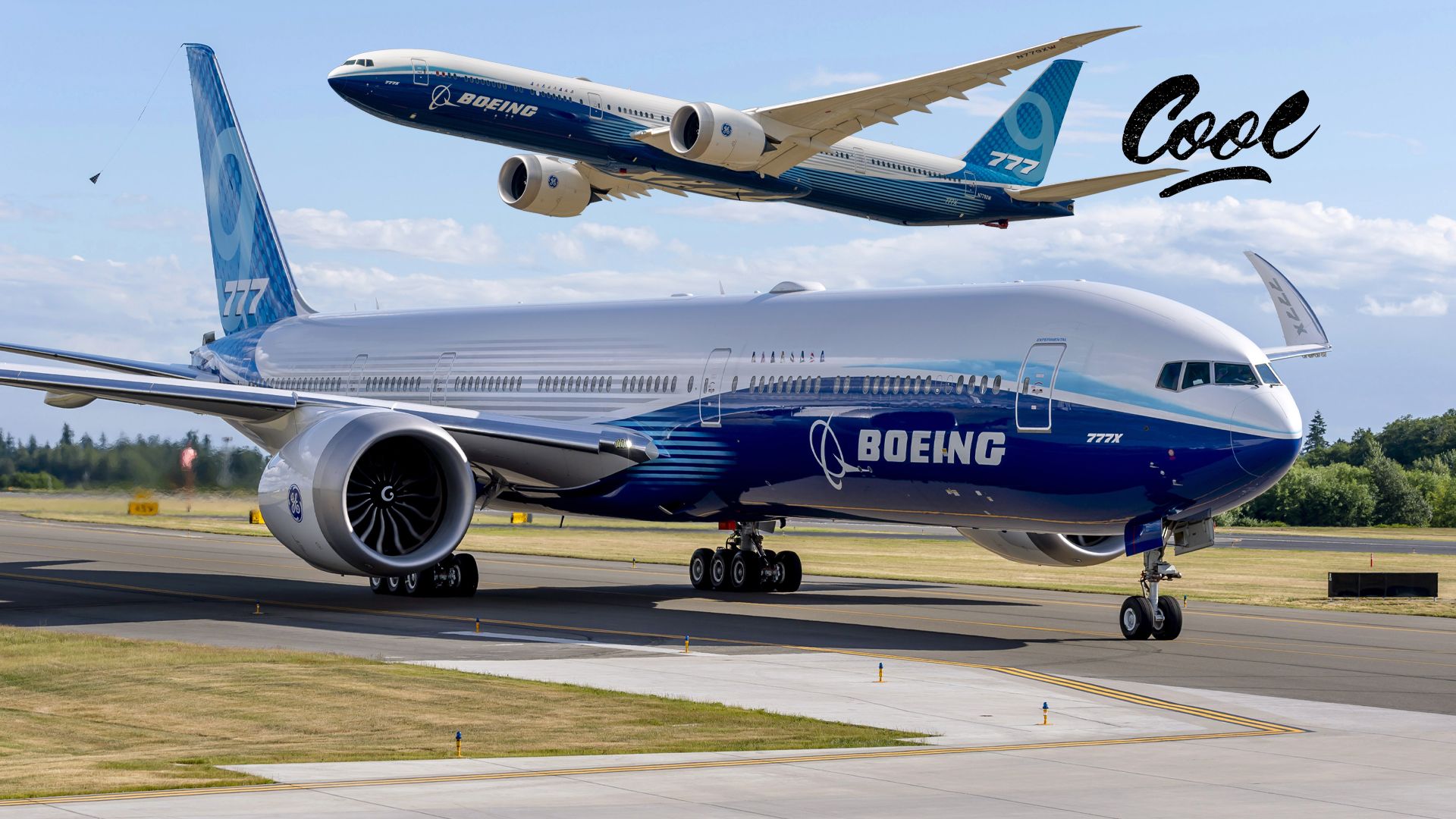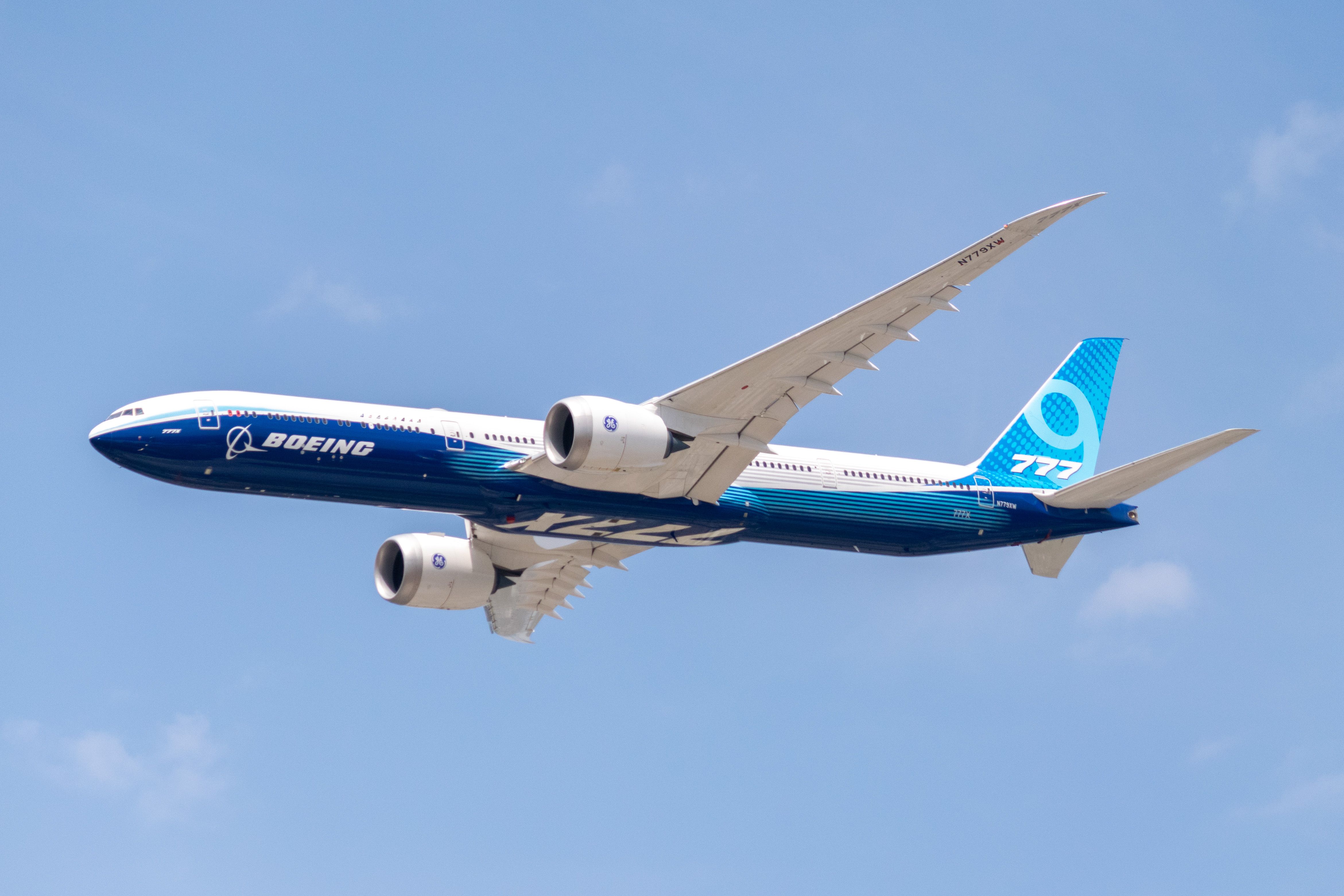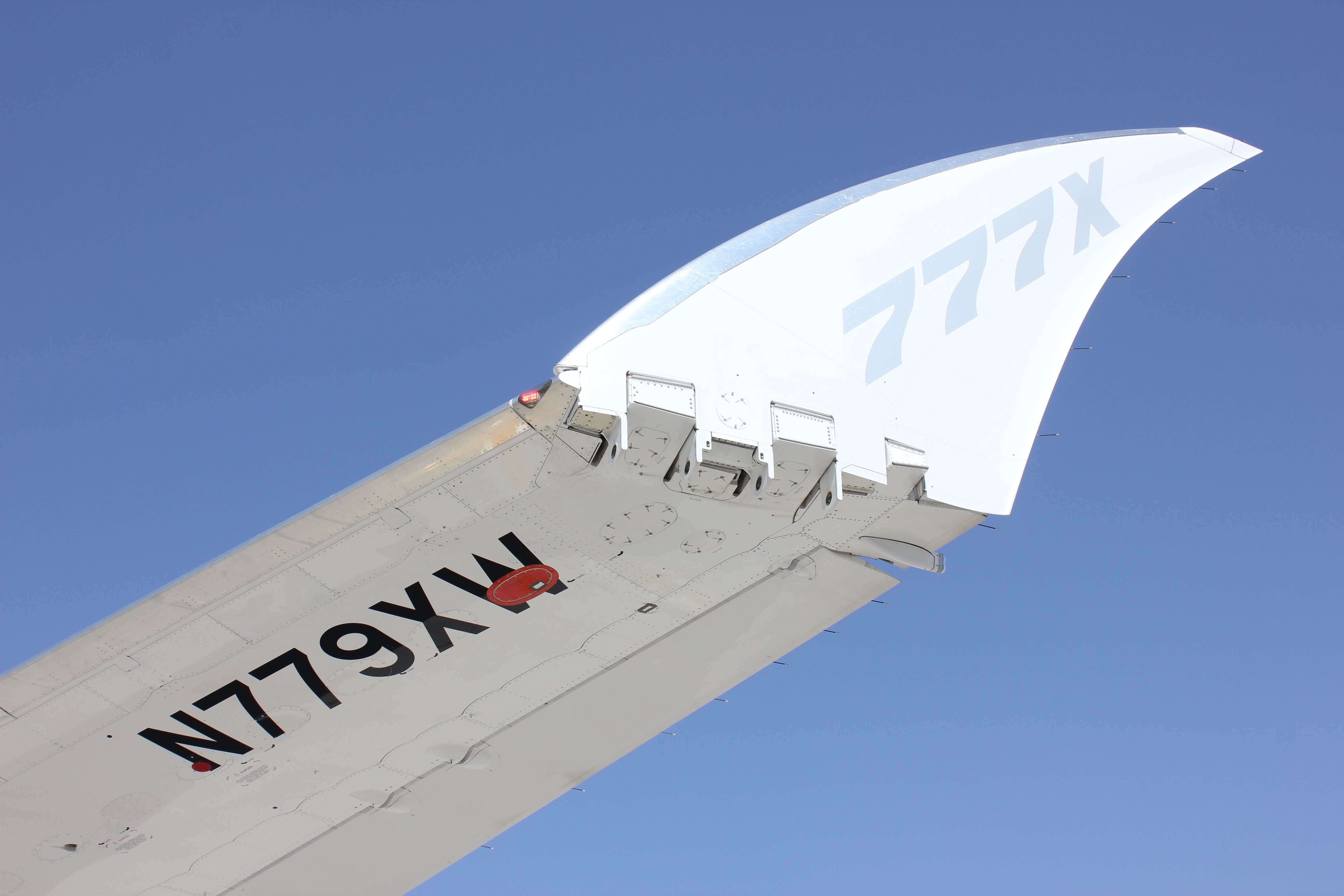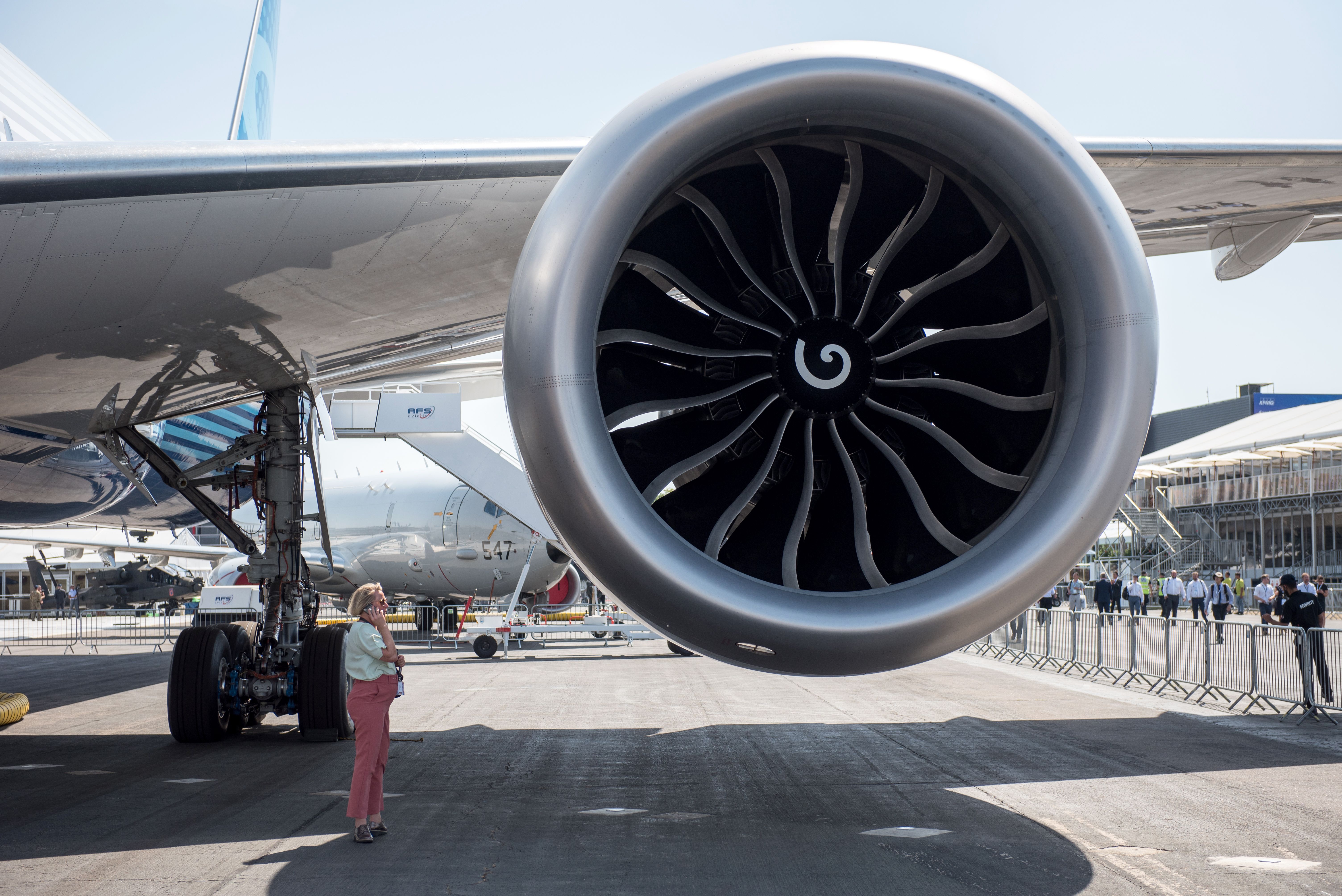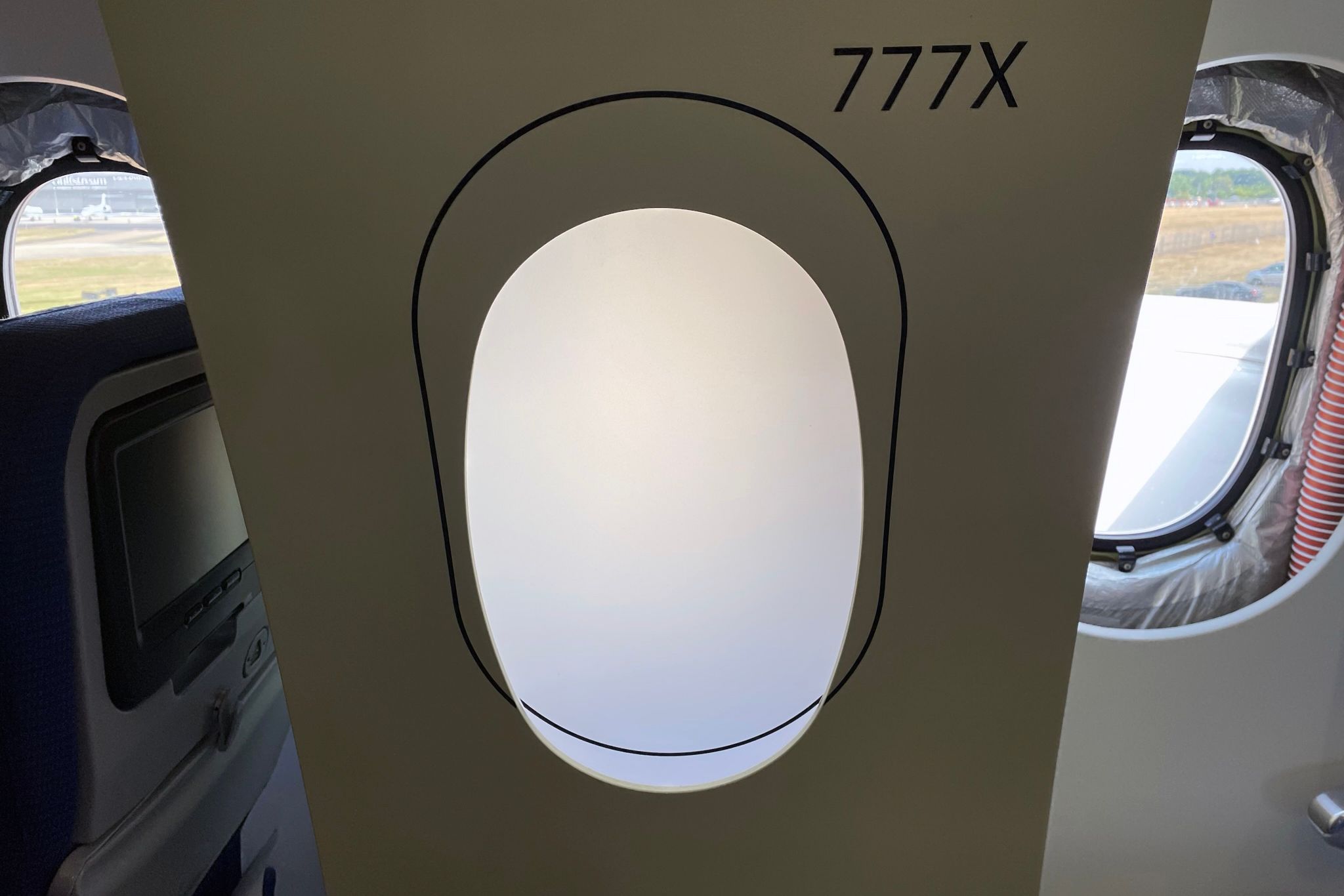The Boeing 777 is the world’s most popular widebody aircraft, with over 2,353 orders and 1,709 deliveries. During its 28-year production run, the 777 was revamped just once, when Boeing introduced the 777-200LR and 777-300ER. The design remained relatively unchanged for the new generation models, with upgrades like new engines and minor performance improvements.
The 777X is becoming the first significant enhancement to the lineup and features substantial technical changes to the aircraft, which is part of the reason the industry highly anticipates it. While the aircraft’s entry-to-service has been significantly delayed since its initial 2020 date, it promises to enhance the long-haul, widebody market with a fantastic aircraft, not just for operators but for passengers too.
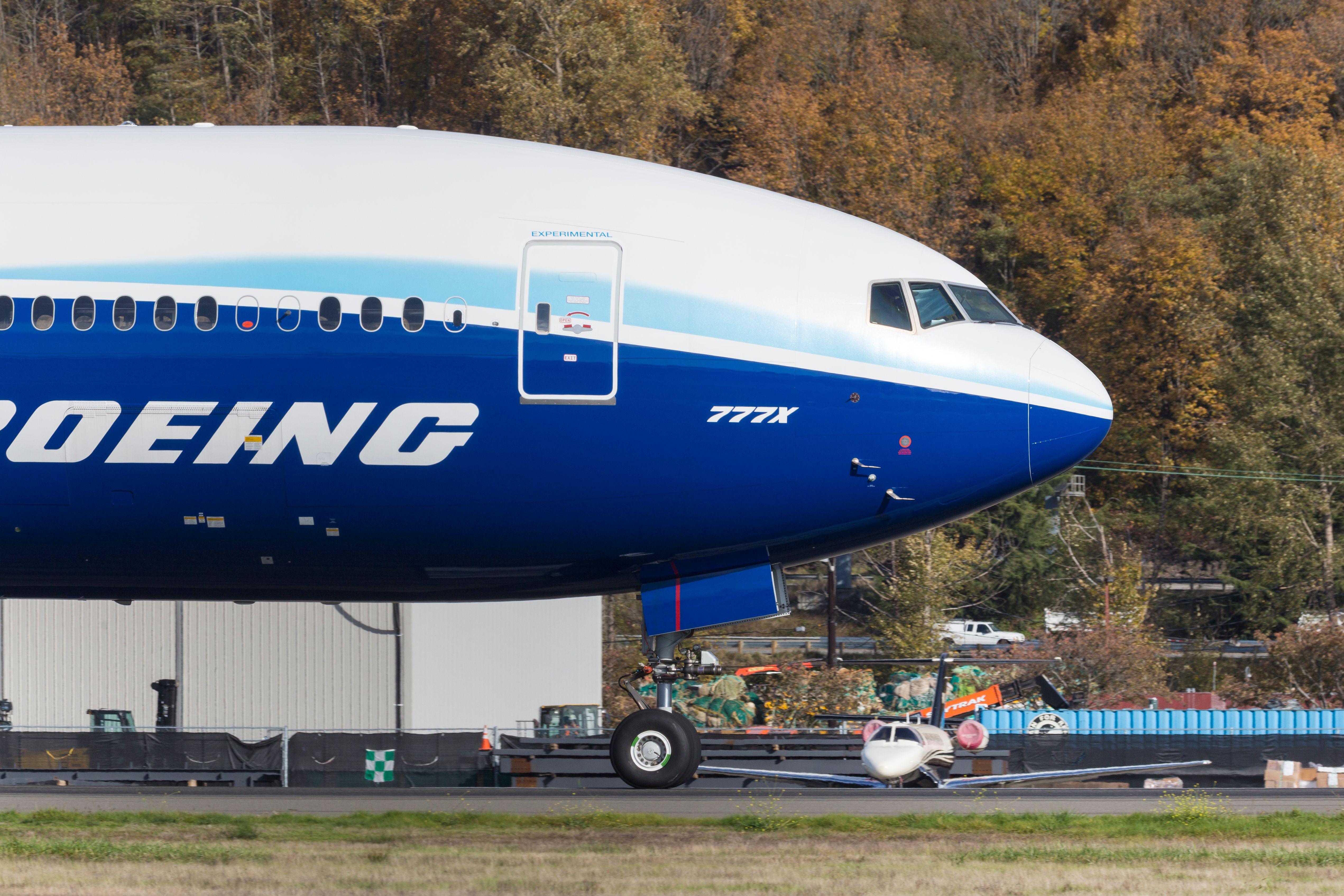
Related
The Technical Features Taking The Boeing 777X To The Next Level
A recap of innovations found on Boeing’s upcoming long-range product.
1
Curved wings
The 777X is much more efficient than its predecessor, thanks to many improvements. Its new wings contribute to its aerodynamic efficiency significantly – these curved wings will represent the largest wingspan of any Boeing commercial plane at 235 ft, 5 in (71.75 m), a sizable increase over previous 777 models.
Photo: Tom Boon | Simple Flying
Like the 787’s wings that inspired them, the 777X’s wings are curved upwards from the root and downwards towards the tips. Boeing once again chose to use raked wingtips instead of conventional winglets. The gentle curve alters the airflow over the wings’ surface, increasing lift and reducing drag.
The wings are also made primarily out of carbon fiber and other composite materials, which have increased strength and provided significant weight savings. They will offer approximately 20% more surface area than the 787s wings and a higher lift-to-drag ratio, which Boeing claims will deliver 10% reductions in fuel usage and emissions.
2
Folding wingtips
The most unique and talked-about feature of the 777X line are the folding wingtips, and for good reason. Increasing the wingspan is an easy way to increase lift and aerodynamic efficiency. However, if the wing is too long, an aircraft won’t be able to fit into category E airports.
Photo: Arnold O. A. Pinto | Shutterstock
This is where technology patented in the 1990s comes in. The folding wingtips on the 777X reduce the wingspan from 235.5 ft (71.8 m) to 212.6 ft (64.8 m), the upper limit of the category E wingspan. Once the plane lands at the airport, the wingtips will automatically retract within around 20 seconds, ensuring the aircraft is compliant with regulations by the time it has taxied to the gate.
3
Next-generation engines
The General Electric GE9X engines will exclusively power the 777X line. These are currently the largest and most powerful turbofan engines on the planet. Each engine has been derated to produce 105,000 lbf (467 kN) of thrust, far from its maximum of 134,000 lbf (596 kN).
GE has used additive manufacturing to reduce the number of parts in the GE9X from 300 to just seven. Reducing parts means lower parasite drag, less weight, and higher fuel efficiency. The GE9X is 10% more efficient than its predecessor, the GE-90.
Photo: Getty Images
According to GE, this engine is the most fuel-efficient, lowest emitting, and quietest engine ever produced (on a pounds-per-thrust basis). Utilizing advanced ceramic matrix composites (CMCs), the engine is lightweight and highly resistant to high temperatures.
4
Cabin atmosphere improvements
The optimal oxygen saturation for the human body is 94%, and the optimal humidity is between 40% to 70%. In contrast, most aircraft in operation today have a cabin altitude of 8,000 ft (2,440 m) and humidity levels of 4% to 20%.
After most flights, low oxygen saturation and humidity levels leave passengers dehydrated and exhausted. The 777X improves passenger comfort by using a modified version of the 787’s pressurization system, which brings the cabin altitude down to 6,000 ft (1,830 m) and significantly improves humidity levels.
Equipped with air quality sensors and acoustic insulation, the passenger experience onboard a 777X promises to be a comfortable and quiet one.
5
Increased interior comfort
Boeing’s 777X interior is more spacious and quieter than its predecessors. Boeing has achieved this by making the interior walls thinner and improving the insulation. As a result, the fuselage is now 10 cm (4 in) wider, resulting in fewer passengers fighting for armrests.
Photo: Tom Boon – Simple Flying
The 777X has significantly larger windows than its competitor, the Airbus A350, with an area of 162 square inches. However, they fall short of the 787’s windows, which are 197 square inches in size, but will still be larger than previous generation 777s.
The onboard lighting system also promises a lot, giving airlines a considerable level of customization in setting the ambiance for their flights. Overhead bins will also be larger and more convenient to access, affording more space and speeding up the boarding and disembarkation process.
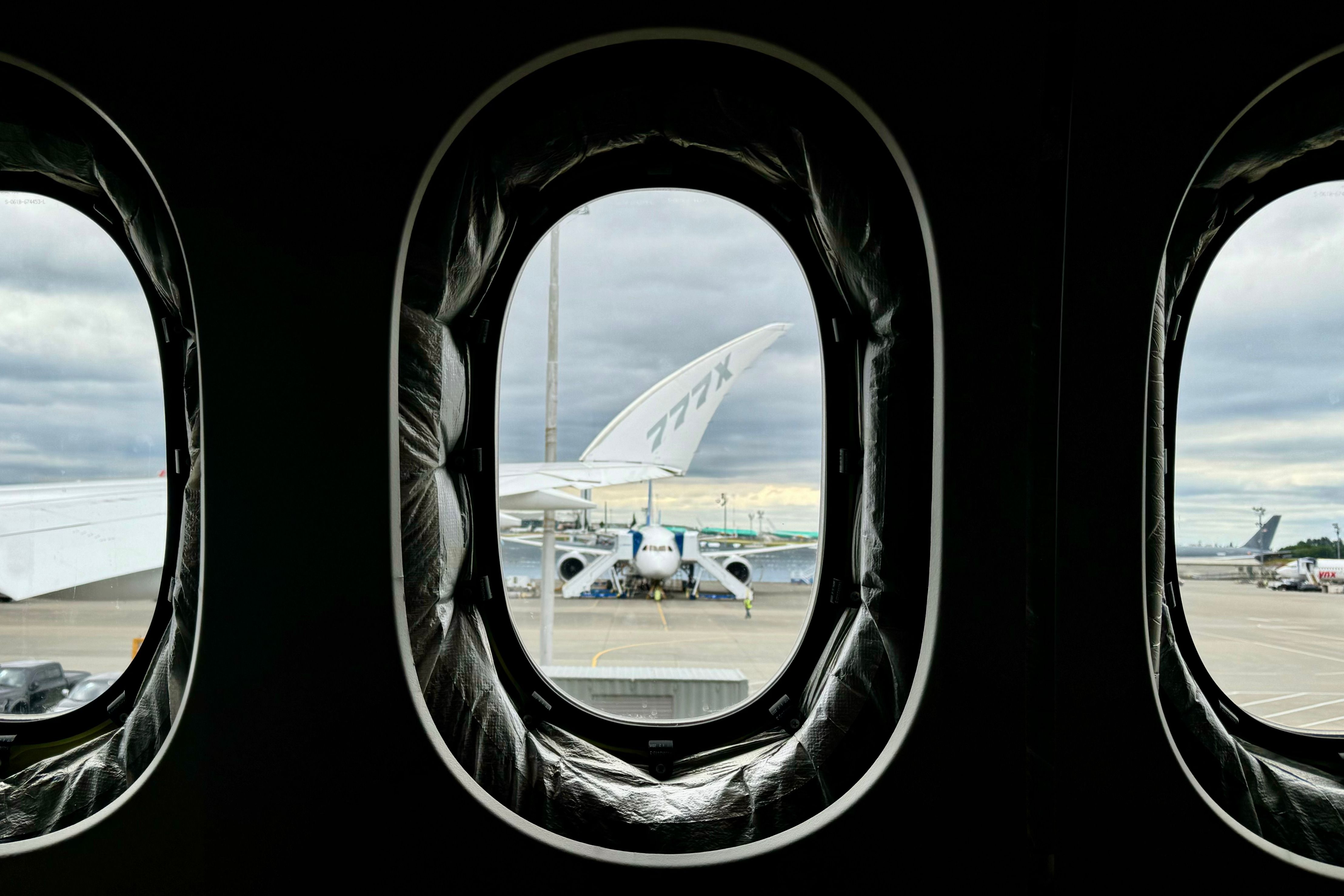
Related
How Boeing Is Preparing Its 777X To Be The Airliner Of The Future
The flagship aircraft must provide increased efficiency over existing widebodies and serve as an effective replacement for the Boeing 747.
Boeing’s approach was not to reinvent the wheel with the 777X. Instead, they made significant changes to improve the current platform’s capabilities. These five improvements are the coolest because they are functional and will greatly benefit airlines, passengers, and the planet. 2025 (or perhaps 2026 if Emirates’ CEO is correct) can’t come soon enough for the world to experience and enjoy the 777X.

